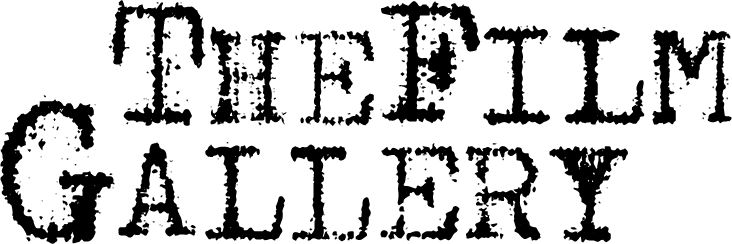KEJA ho kramer - lumen opacticum
November 2 - 28, 2019
Opening: November 5, 2019
Seeing through the camera's lens when form disappears for the fleeting moment when something that was not there reveals itself. Color is visual sound. Composing for the eyes a dimension of color's subtle vibration. The subtle appearance of its' invisible frequency. Lumen is based on Goethe's book Theory of Colours and the research he documented observing colors through prisms in controlled light and dark situations. During my research, the film camera & lens are the medium I used to compose the images of color using light, the sky and flowers. There is a reoccurring theme in observation in the dark: the 'afterimage'. A color or visual vibration is printed on the retina it has something to do with how our mind is reacting to darkness after the impulse of light. There is a perpetual transformation of color and hue in light and darkness. Just as Goethe revealed to me how to explore color looking through nature, the observation of plants and use of black and white photography is the foundation of this research. From looking up into the bough and glorious branches (Tree Drawings 2009) to looking down at the very small. For many years I have been studying the perfect organization, form, sound, of plants and the way they express themselves: Opaticum is the "afterimage".
Black and White prints are made by the photographer in the darkroom, summer 2019. Color prints are made with Marc Upson in the darkroom at MUpson lab. autumn 2019.
Chercher à travers l'objectif le moment fugace où ce qui était absent à l’œil nu se révèle. La couleur est un son visuel. Elle compose pour les yeux une dimension de subtile vibration. L'apparence subtile de sa fréquence invisible. Lumen est basé sur le livre de Goethe, Traité des couleurs, et sur la recherche qu'il a entreprise sur leurs transformations dans la lumière et dans le noir avec des prismes comme catalyseurs. J'ai utilisé l'appareil photo et l'objectif comme médium pour composer des images de couleurs en me servant de la lumière, du ciel, et des fleurs. Il y a un thème récurrent dans le travail sur l'observation dans le noir : l'image rémanente. Une couleur ou une vibration s'impriment sur la rétine, elles sont la réaction au noir après l'impulsion de lumière. Tout comme Goethe m'a révélé comment explorer la pellicule couleur, l'observation des plantes et la photographie noir et blanc est ma base. Regarder le haut des arbres, leurs branches majestueuse (Tree Drawings), ou regarder à terre, les toutes petites racines. Cela fait beaucoup d'années que j'étudie l’organisation parfaite, la forme et le son des plantes, comment elles s'exprime : Opaticum en est l' image rémanente.
Les tirages noirs et blancs ont été réalisés dans la chambre noire par le photographe durant l’été 2019. Les tirages couleurs ont été réalisés avec Marc Upson dans la chambre noire au MUpson Lab durant l’automne 2019.


